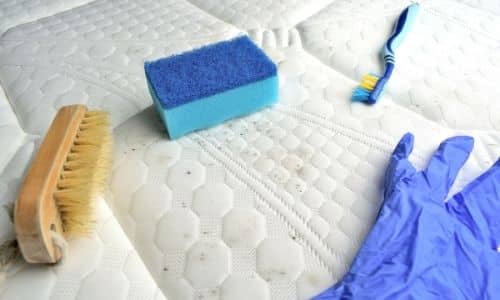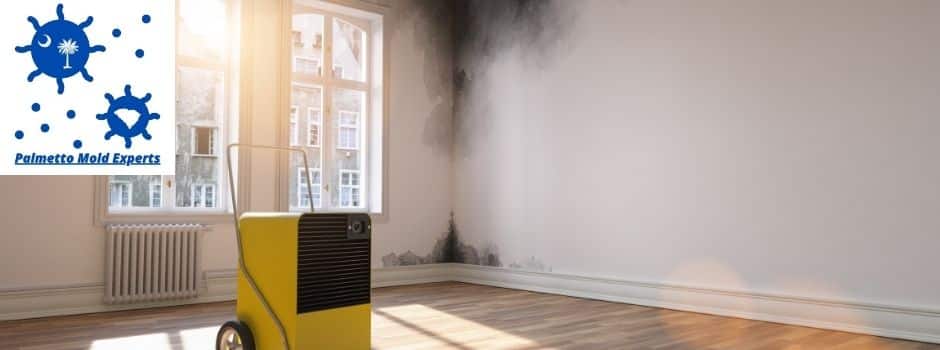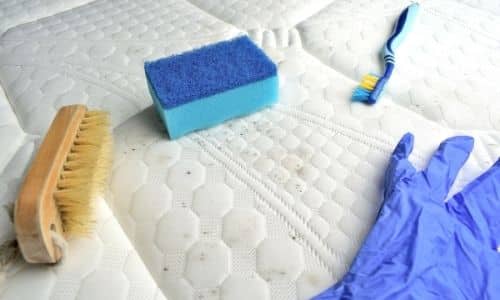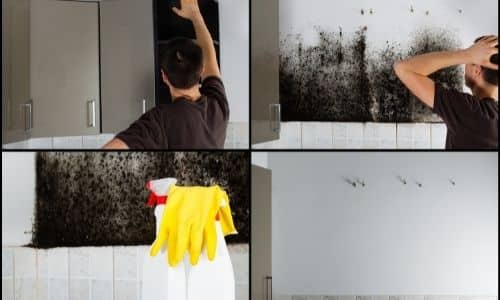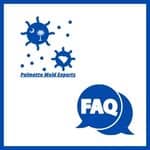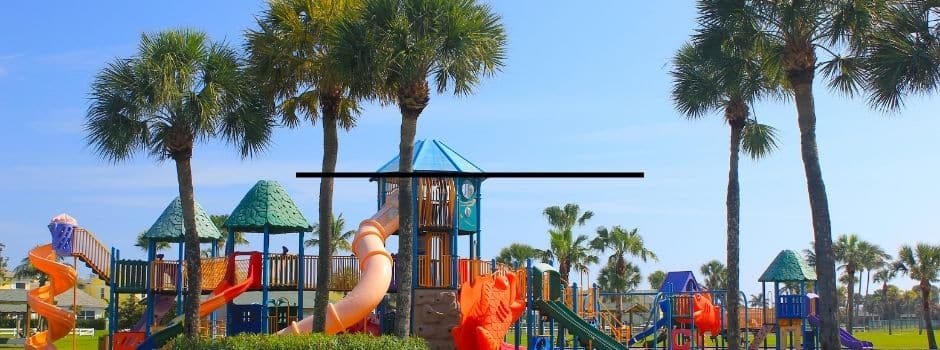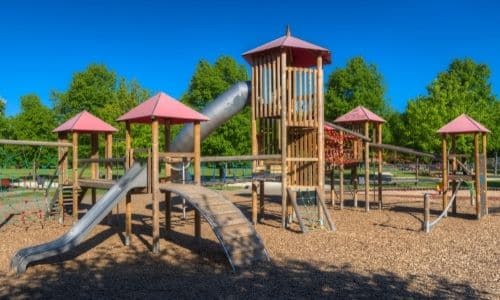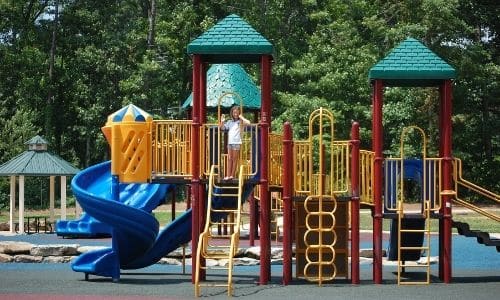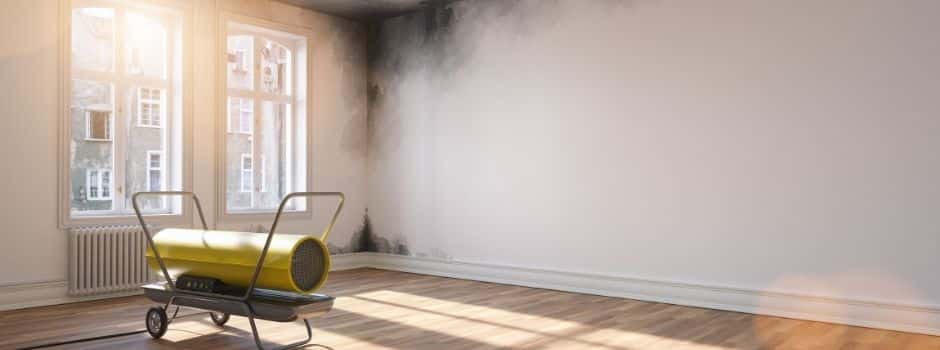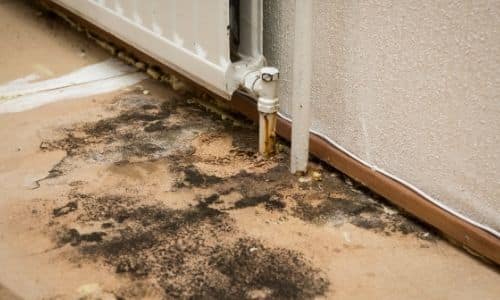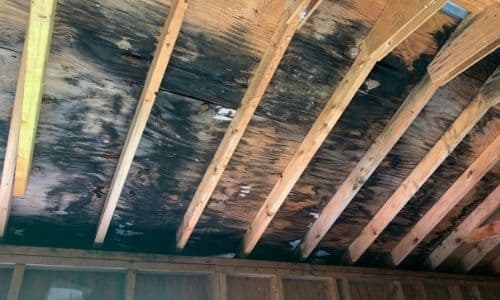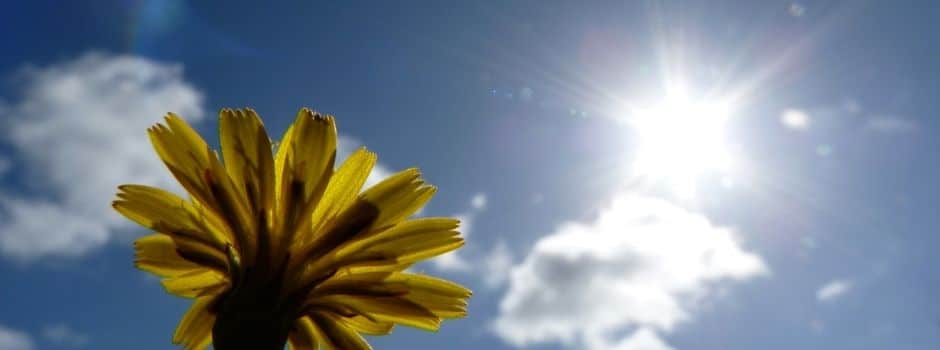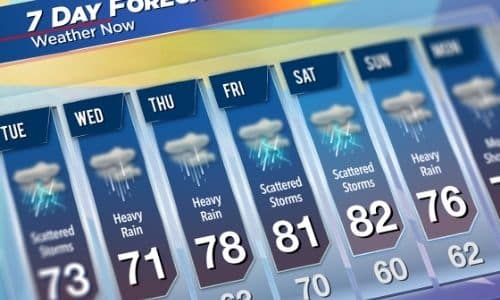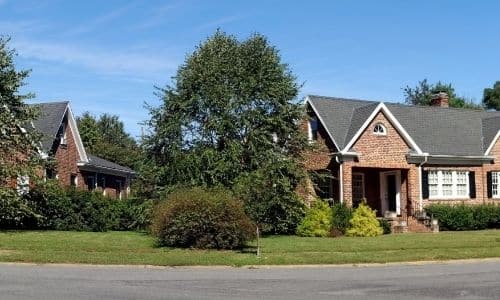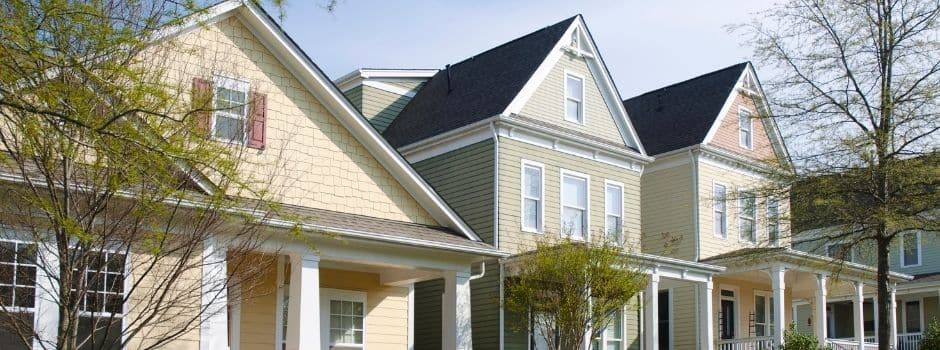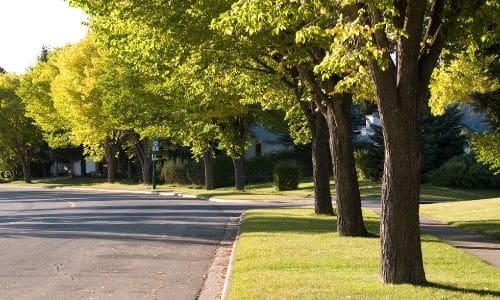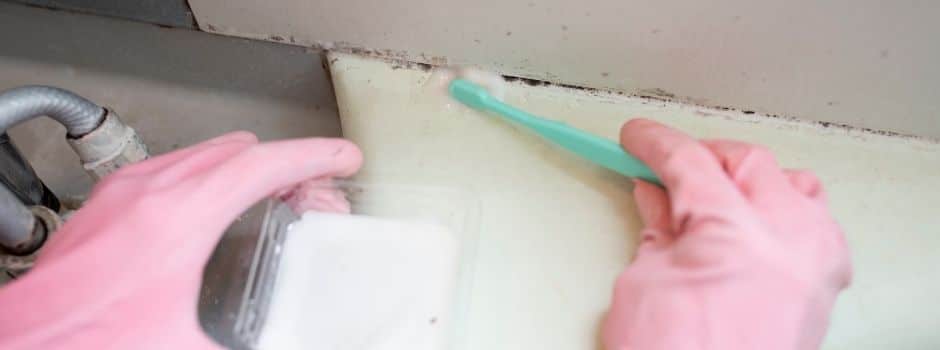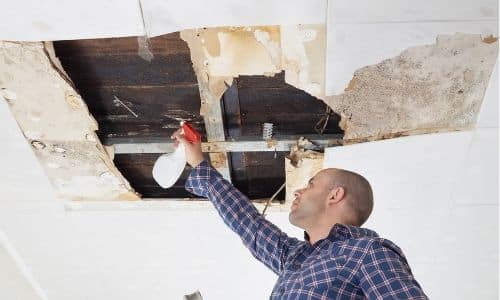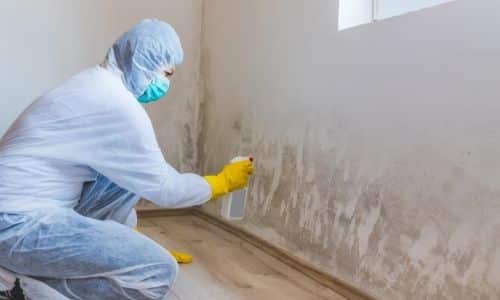Did you know that residents of Lexington, SC file more water damage insurance claims than nearly any other town in South Carolina? Water damage costs homeowners and businesses millions each year, and swift action is critical to limit losses and prevent mold growth. If you’ve ever faced soaked carpets, dripping ceilings, or warped floors, you’re not alone—and this article provides the fast, practical answers you need to protect your property and peace of mind.
Startling Facts About Water Damage in Lexington SC
Water damage is a pervasive threat in Lexington, SC, striking both new and old homes due to everything from sudden storms to hidden plumbing leaks. Statistically, water damage claims outpace those for fires, storms, or theft in this region, making water issues the most frequent and costly type of home crisis statewide. Over just the past few years, Lexington homeowners have seen a marked increase in claims relating to burst pipes, overflowing washing machines, flooded basements, and failing water heaters. With South Carolina’s unpredictable climate—from heavy rain seasons to below-freezing winter snaps—no property is immune.
Perhaps the most surprising fact is how quickly water damage escalates. Within moments, a burst pipe or faulty appliance can pump hundreds of gallons across your flooring, ruining drywall and insulation. Even small leaks can create lingering health risks by letting mold spores take hold in just 24-48 hours. Homeowners often underestimate the long-term risk: water-damaged areas, when left unattended, threaten both structural safety and respiratory health. Combine that with the average cost of restoration, which can run into the thousands, and it’s clear why acting quickly is vital to prevent further costly repairs.

“According to the Insurance Information Institute, water damage claims are one of the most common and costly events faced by homeowners in South Carolina each year.”
What You’ll Learn About Common Water Damage Questions in Lexington SC
- How to identify and respond to water damage issues fast
- The primary causes and categories of water damage
- Best practices for water damage restoration and damage restoration company selection in South Carolina
- Critical steps to prevent mold growth and recurring water issues
Understanding Water Damage: Definitions and Impact in South Carolina
Understanding the scale and effects of water damage is essential for every Lexington homeowner. Water damage occurs when water begins to compromise the structure and safety of your home or business, through leaks, floods, or high indoor humidity. In South Carolina, the risk is compounded by severe storms, fluctuating groundwater levels, and the prevalence of older houses with aging plumbing systems. The affected area can range from a small wet spot to an entire floor needing excavation and drying. Moist environments threaten not only the immediate value of real estate, but create ongoing health risks, as hidden moisture in insulation, wood, and drywall can lead to mold growth.
While insurance may cover some water damage restoration, delays in reporting or repair can weaken claims and increase out-of-pocket costs. Water leaks in the plumbing system often go unnoticed until water pressure drops or staining appears, typically indicating latent damage has already occurred. For Lexington SC, fast detection and professional assessment of the extent of the damage are essential—only then can you move quickly to prevent further damage and ensure your property remains safe and healthy.
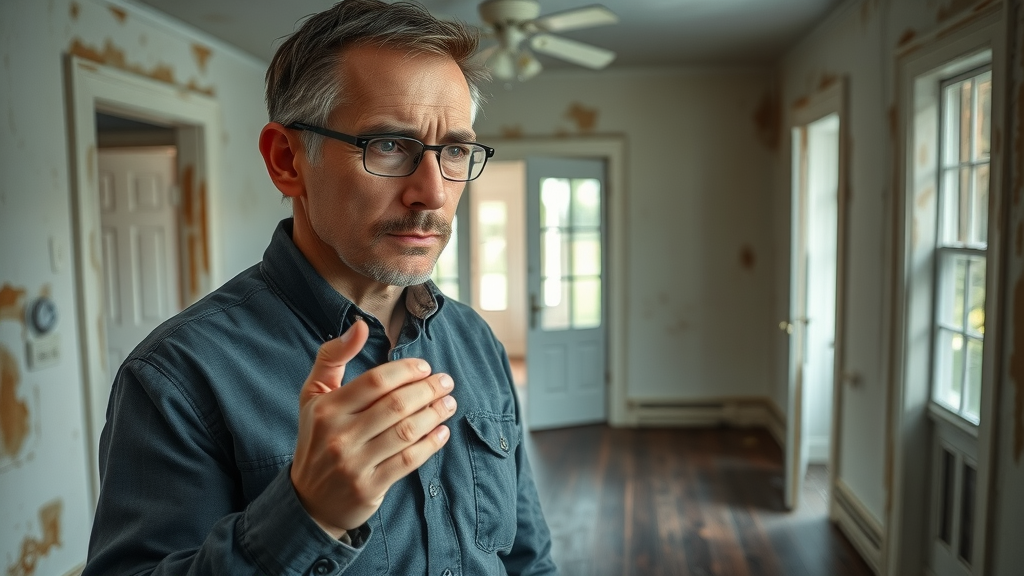
What is Water Damage and Why Is It Such a Critical Concern?
Water damage refers to the destruction or impairment of property caused by unwanted water intrusion. In South Carolina, the humid climate and frequent storms significantly increase the chances of water-related incidents impacting homes and businesses. Water damage is a critical concern because it deteriorates structural elements like wood, drywall, and insulation, and can also foster unsafe plumbing conditions. Mold growth is one of the most alarming side effects, often developing within 24-48 hours after a leak or flood. This not only affects indoor air quality but poses serious health risks—particularly for children, the elderly, and those with respiratory conditions.
Unchecked water penetration can lead to hazards like weakened support beams, electrical system failure, or the total loss of valuable personal items. These dangers highlight why immediate and expert damage restoration is vital. Left unaddressed, even a minor pipe leak or slow appliance drip can rack up substantial costs in costly repairs and make your home in Lexington, SC, unsafe to inhabit. Quick response paired with professional water damage restoration protects your investment and ensures your family’s safety.
Common Water Damage Questions in Lexington SC: Local Risk Factors
Lexington’s unique weather, geography, and housing stock give rise to specific water issues that residents must stay alert for. Residents commonly ask: “How serious is water damage here? What can I do if I spot a water problem?” Risk factors include sudden climate swings, older homes with aging fixtures, and neighborhoods prone to flash flooding. Burst pipe incidents surge particularly in winter, when freezing temperatures cause pipes to rupture. Beyond weather, daily wear and tear on appliances like washing machines or water heaters can also be a key culprit.
Another frequently asked concern is about insurance company coverage: many South Carolina policies only cover water damage under specific circumstances and require policyholders to act quickly. Knowing which areas of the home are most vulnerable—such as basements, attics, and slab foundations—empowers property owners to monitor for leaks and seek help from a trusted restoration company at the first signs of trouble. This local awareness is your first defense against the health risks and insurance complications that come with unchecked water issues in Lexington SC.
Top Causes of Water Damage in Lexington SC Homes
- Burst pipe and plumbing system failures
- Floods, storms, and heavy rain unique to South Carolina
- Appliance malfunctions
- Roof and foundation leaks
Plumbing failures, especially a burst pipe, are the leading cause of water damage in Lexington SC. When aging pipes rupture or freeze, flooding can compromise walls, floors, and electrical systems within minutes. Flash floods and torrential rain—frequent in South Carolina—are notorious for overwhelming gutters and foundations, leading to basement inundation. Even well-maintained homes are at risk when appliance malfunctions occur, such as leaks from washing machines or ruptured water heaters. Sometimes, issues remain unnoticed until increasingly visible stains, warping, or odors appear.
Roof leaks and foundation cracks, while often slower to manifest, can silently escalate into serious structural threats, particularly during extended periods of rain. These subtle but damaging invasions create ideal conditions for hidden mold growth, weakening support beams, and damaging valuables stored in attics and basements. Thoroughly understanding these causes helps property owners implement proactive measures—and know when to seek expert damage restoration services before minor water issues become major disasters.
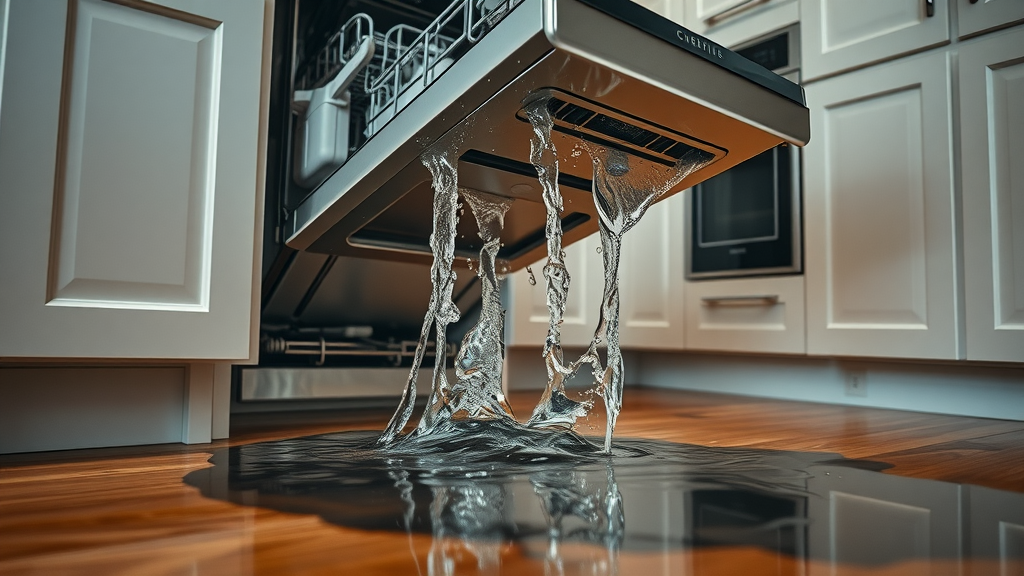
“A single burst pipe can release hundreds of gallons of water per hour—damage restoration is needed immediately to mitigate loss.”
How to Quickly Respond to Common Water Damage in Lexington SC
Immediate Steps to Take After Water Damage Detected
Speed is your greatest ally when water damage strikes. As soon as you identify a leak, burst pipe, or flooding, the first step is always to stop the water source—turn off the main water valve or disconnect the affected appliance if safe to do so. Quickly unplug electrical devices in the affected area to reduce fire risk. Move rugs, furniture, or valuables to dry ground, and use towels to soak up standing water as much as possible. Document the extent of the damage with photos and notes; this is crucial for insurance company claims and for any restoration company assessment. Open windows and doors to promote air circulation and start drying out the space.
Even if the leak seems minor, never ignore the risk of concealed moisture. Water can migrate behind walls, beneath floors, and into insulation, elevating the risk for hidden mold growth and structural decay. If at any point the water involves sewage, electrical outlets, or significant flooding, vacate the home immediately and contact emergency restoration services. Acting fast and documenting your steps is the surest way to prevent further damage and streamline the recovery process with insurance and restoration professionals.
When to Call a Damage Restoration Company
While some minor spills can be mopped up by homeowners, any incident involving more than a small puddle, contaminated water, or potential structural threats demands professional intervention. If you suspect the water has permeated drywall, flooring, or insulation, or if there is any hint of mold, call a local Lexington SC damage restoration company right away. These professionals use industrial-grade extraction equipment, moisture detection tools, and sanitizing agents to ensure every affected area is thoroughly cleaned and safe. Acting quickly also helps strengthen your case with the insurance company, resulting in faster claims approval and less out-of-pocket expense.
Professional water damage restoration offers more than just water removal—they expertly assess the true extent of the damage, ensure contaminated materials are removed safely, and employ advanced drying technology to prevent lingering moisture. Attempting to handle water issues without adequate equipment can result in hidden residues that lead to mold growth and recurrent repairs. For your family’s safety and the long-term value of your home, always entrust significant water damage restoration to an experienced, licensed restoration company.
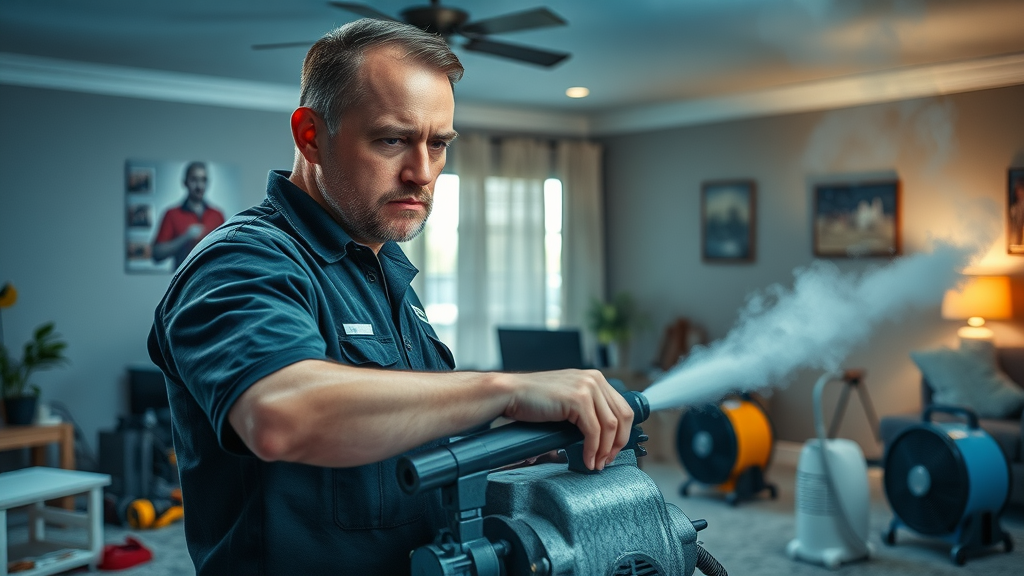
Understanding Types and Categories of Water Damage
| Category | Description | Example | Health Risks |
|---|---|---|---|
| Category 1 – “Clean Water” | Water from a sanitary source; poses minimal risk | Leaking supply pipe, burst pipe with drinking water | Low, but can escalate if not addressed promptly |
| Category 2 – “Gray Water” | Contains harmful microorganisms or contaminants | Washing machine overflow, dishwasher leaks | Moderate – can cause illness or allergic reactions |
| Category 3 – “Black Water” | Heavily contaminated water (sewage, floodwater) | Toilet backflow, river flood, water from outside | High – severe health risks; requires professional remediation |
The Water Damage Restoration Process in Lexington SC
Key Steps of Professional Water Damage Restoration
Effective water damage restoration is a multi-step process designed to remove moisture, sanitize the area, and restore your property to a safe, habitable condition. It begins with an assessment to determine the extent of the damage using advanced moisture meters and thermal imaging. Next, powerful pumps and vacuums are used for water extraction, targeting all visible affected areas as well as hidden water behind walls. The drying phase involves industrial-grade dehumidifiers and air movers, which run for several days to remove residual dampness and thwart mold growth.
Sanitization is critical, especially for category 2 or category 3 water damage. Restoration experts employ EPA-approved antimicrobial agents, ensuring that harmful bacteria and fungi are fully eliminated. Repairs may include removing and replacing damaged drywall, flooring, or insulation. The process isn’t complete until a thorough inspection confirms the property is safe, dry, and ready for renovation. Professional water damage restoration minimizes health risk, preserves structural integrity, and ensures that costly repairs are not needed down the line.
Choosing the Right Restoration Company in South Carolina
The success of your recovery often depends on which restoration company you choose. Look for a licensed, insured, and certified provider with experience in South Carolina’s unique climate challenges. Check for customer reviews and accreditation, and ask if their technicians are certified by the Institute of Inspection Cleaning and Restoration Certification (IICRC) or similar organizations. Local companies familiar with common water damage questions in Lexington SC will move quickly, handle insurance paperwork, and tailor their approach to southern conditions like high humidity and seasonal storms.
Quality damage restoration companies should be transparent about their process, timeline, and pricing. They will offer emergency response (often 24/7), detailed inspections, and clear documentation for your insurance company. Avoid firms that demand full payment upfront or show up with limited equipment—these are red flags. By partnering with a reputable, local restoration company, Lexington homeowners are assured of fast, thorough, and lasting recovery from water disasters.
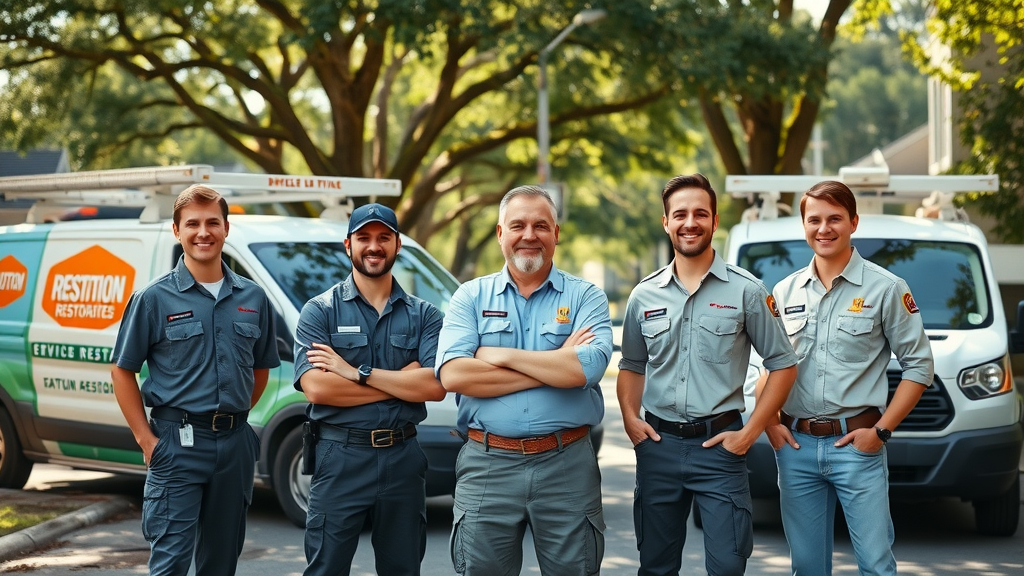
Mold Growth and Other Post-Damage Risks in Lexington SC
- Warning signs of mold after water issues
- Steps for safe mold removal
- Importance of fast, thorough damage restoration
Mold is an all-too-common aftermath of water damage in humid regions like Lexington, SC. Signs of mold growth after water incidents include musty odors, visible discoloration on walls or ceilings, and worsening allergies or breathing problems in home occupants. Mold spores can flourish within 48 hours of a leak or flood, making rapid damage restoration essential for protecting health. It’s imperative to act at the first sign of moisture: turn off affected HVAC systems to prevent spore spread, and contact a professional for assessment and safe removal.
Safe mold removal isn’t a DIY job—disturbing colonies will release spores into the air, potentially making the problem worse. Professional restoration services include HEPA air filtration, controlled demolition of contaminated materials, and application of antifungal agents. Thorough, professional water damage restoration minimizes mold risks and prevents costly repairs or future outbreaks. Regular inspections, especially after any water incidents, ensure your property remains safe against the persistent threat of mold.
“Unchecked water damage can result in serious mold growth within 48 hours, especially in the humid Lexington SC climate.”
People Also Ask About Common Water Damage Questions in Lexington SC
What is the biggest concern with water damage?
The biggest concern with water damage is the potential for structural damage and the risk of toxic mold growth, both of which can threaten safety and property value.
What are the three categories of water damage?
Category 1: Clean water from a sanitary source; Category 2: Gray water with contaminants; Category 3: Black water from sewage or flooding—respectively increasing risks and restoration complexities.
What is the most common cause of water damage?
The most common cause of water damage in Lexington SC is burst pipe or failed plumbing system, often due to freezing temperatures, aging pipes, or poor maintenance.
How much water is considered water damage?
Even a small leak or minor flooding can be considered water damage if it affects building materials, leads to mold growth, or compromises structural integrity.
Lists: Preventing Common Water Damage in Lexington SC Homes
- Inspect your plumbing system regularly
- Keep gutters and downspouts clear
- Address roof and foundation issues promptly
- Install water detection devices
- Hire a professional restoration company for annual inspections
Key Takeaways On Common Water Damage Questions in Lexington SC
- Fast action is critical for minimizing loss and mold growth
- Categorizing water damage helps determine restoration strategy
- Consulting a trusted damage restoration company ensures thorough recovery
Frequently Asked Questions (FAQs) About Water Damage in Lexington SC
- How do I find a reputable damage restoration company in Lexington SC?
Start by checking online reviews, certifications, and South Carolina business licensing. Look for companies with IICRC certification and proven experience in local water damage restoration. Recommendations from neighbors or local real estate agents are valuable. Ask questions about response times, equipment, and guarantees before making your choice. - Can I handle minor water damage issues myself, or should I always call professionals?
Small spills can often be handled with towels, fans, and vigilant drying, but any sign of soaked drywall, recurring water stains, or mold growth requires professional assessment. DIY solutions risk missing hidden moisture and potential health hazards. When in doubt, consult a restoration company to avoid costly repairs and health risks. - What are signs of hidden water issues?
Watch out for unexplained moldy odors, peeling paint, warping floors, or persistent drops in water pressure. Water leaks behind walls often escape notice until secondary damage or discoloration appears. Frequent plumbing issues or sudden spikes in water bills also signal a hidden leak or plumbing system issue. - Does homeowner’s insurance cover water damage restoration in South Carolina?
Coverage varies by policy and cause. Most plans cover sudden events such as a burst pipe, but may exclude gradual leaks or flood damage unless you have supplemental flood insurance. Act fast—the sooner you contact your insurance company and document the problem, the greater your chances for claim approval.
Conclusion: Fast, Professional Solutions for Water Damage in Lexington SC
Quick, expert action is the key to containing damage, reducing repair costs, and protecting your loved ones from health hazards in every water emergency.
“Don’t wait until small water issues become disasters—get informed, act quickly, and trust experienced restoration professionals in Lexington SC.”
Water Damage Repair In Lexington SC – Get Help Fast
Contact Palmetto Mold Experts for Rapid Water Damage Restoration:https://palmettomoldexperts.com/lexington-sc-mold-removal/
Sources
- https://www.iii.org/article/what-you-need-to-know-about-water-damage – Insurance Information Institute
- https://palmettomoldexperts.com/lexington-sc-mold-removal – Palmetto Mold Experts
- https://www.epa.gov/mold/mold-remediation-schools-and-commercial-buildings-guide-chapter-1 – EPA Mold Remediation Guide
Water damage is a significant concern for homeowners in Lexington, SC, due to factors like sudden storms, hidden plumbing leaks, and the region’s unpredictable climate. Understanding the causes, impacts, and preventive measures is crucial for protecting your property.
For comprehensive insights into water damage restoration services in Lexington, consider consulting “Lexington Fire and Water Damage Restoration and Cleaning Services | SERVPRO of Lexington and West Cayce.” This resource provides detailed information on professional restoration services available in the area. (servpro.com)
Additionally, “Residential Water & Sewer Service | Lexington, SC” offers valuable information on reporting water and sewer emergencies, as well as guidelines for residential water and sewer services in Lexington. (lexsc.gov)
If you’re serious about safeguarding your home against water damage, these resources will provide you with the necessary information and services to address and prevent such issues effectively.


